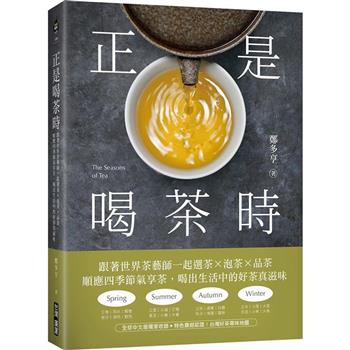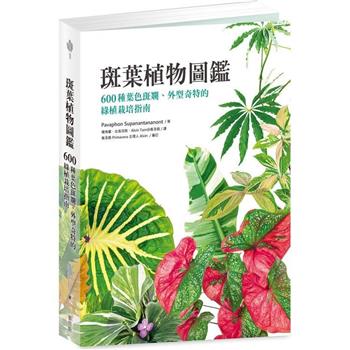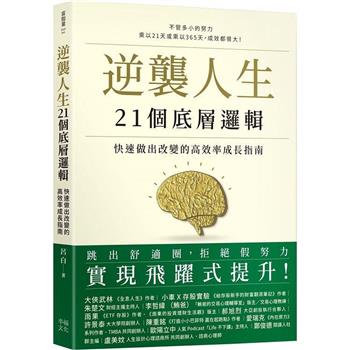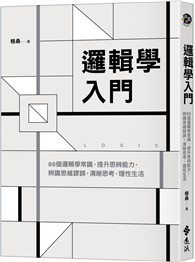The pomegranate tree is a widely used species, especially due to its medicinal importance, and its fruit is appreciated all over the world. The commercialisation of pomegranates has increased and aroused the interest of fruit growers in Brazil. The expansion of the cultivated area is due to the demand for the product from the pharmaceutical industry and the vision of expanding the use of the fruit for marketing in its natural form or industrialised, such as concentrated juice. However, knowledge of the quality of the aril during fruit development is incipient in the region. Therefore, this book provides information on the biochemical, physicochemical and antioxidant potential transformations that take place at each stage of the development of the Molar Pomegranate fruit, which is of great importance for pinpointing ripeness rates and defining the point at which the fruit should be harvested. Studies in this area should be very useful for producers in characterising the quality of the fruit and contributing to advances in the production sector and access to the species’ phytotherapeutic potential, as well as for researchers wishing to carry out further research in this area.
| FindBook |
有 1 項符合
Bioactive compounds and antioxidant potential in Pomegranate fruits的圖書 |
 |
Bioactive compounds and antioxidant potential in Pomegranate fruits 作者:Alves Onias 出版社:Our Knowledge Publishing 出版日期:2024-06-30 語言:英文 規格:平裝 / 52頁 / 22.86 x 15.24 x 0.3 cm / 普通級/ 初版 |
| 圖書館借閱 |
| 國家圖書館 | 全國圖書書目資訊網 | 國立公共資訊圖書館 | 電子書服務平台 | MetaCat 跨館整合查詢 |
| 臺北市立圖書館 | 新北市立圖書館 | 基隆市公共圖書館 | 桃園市立圖書館 | 新竹縣公共圖書館 |
| 苗栗縣立圖書館 | 臺中市立圖書館 | 彰化縣公共圖書館 | 南投縣文化局 | 雲林縣公共圖書館 |
| 嘉義縣圖書館 | 臺南市立圖書館 | 高雄市立圖書館 | 屏東縣公共圖書館 | 宜蘭縣公共圖書館 |
| 花蓮縣文化局 | 臺東縣文化處 |
|
|
圖書介紹 - 資料來源:博客來 評分:
圖書名稱:Bioactive compounds and antioxidant potential in Pomegranate fruits
|











